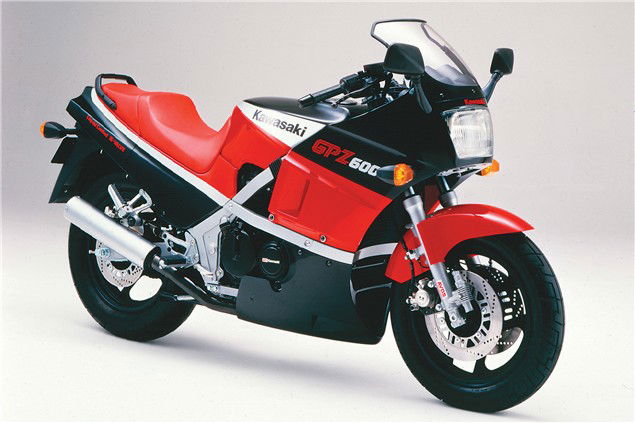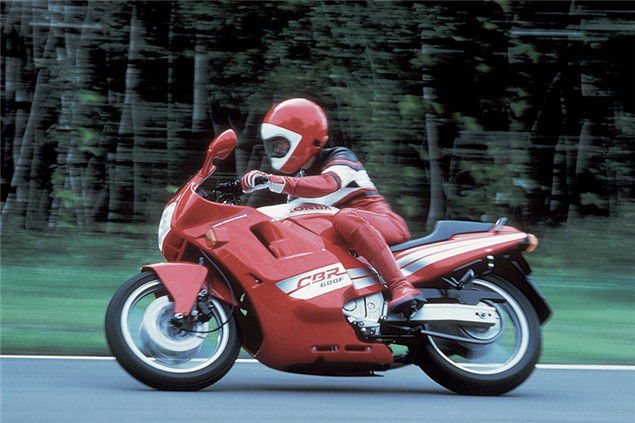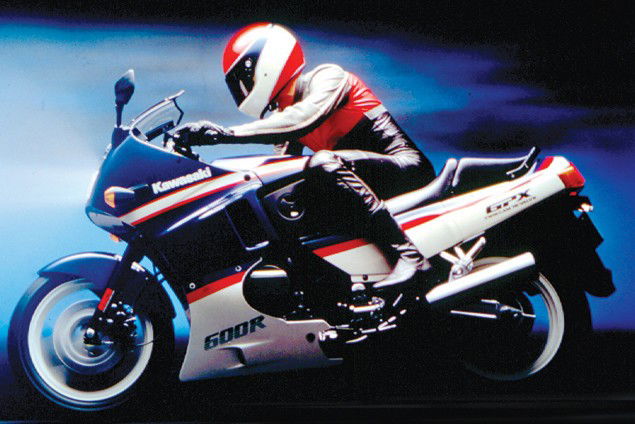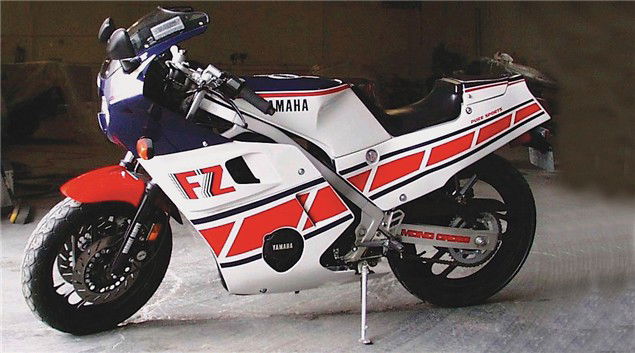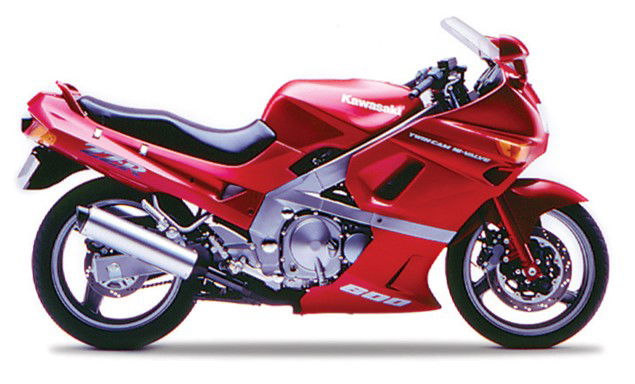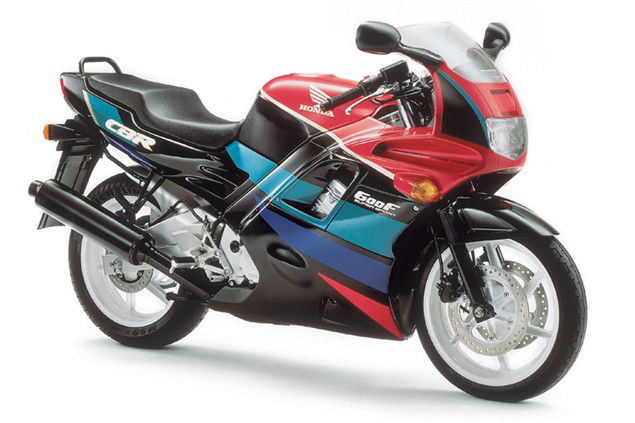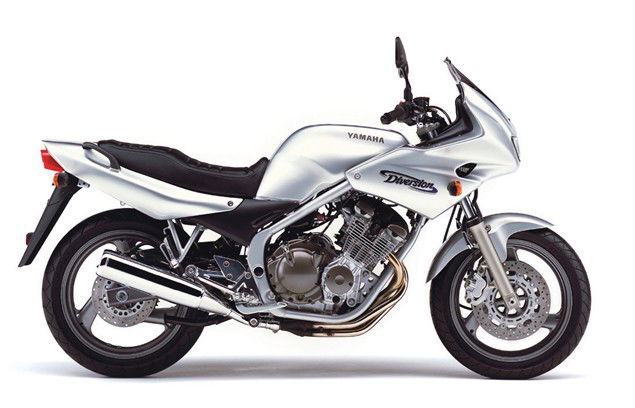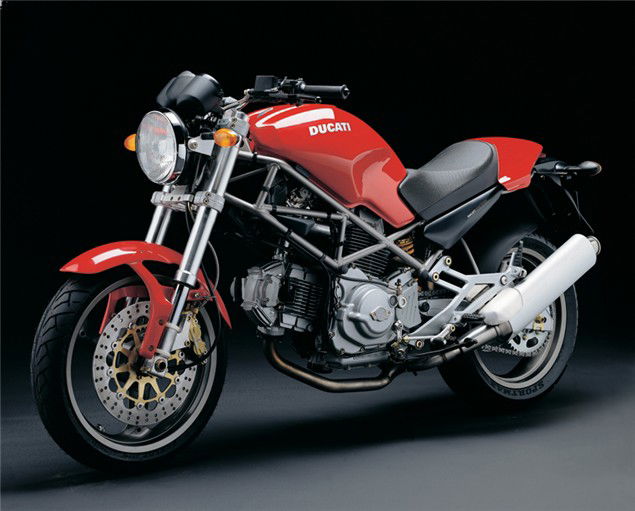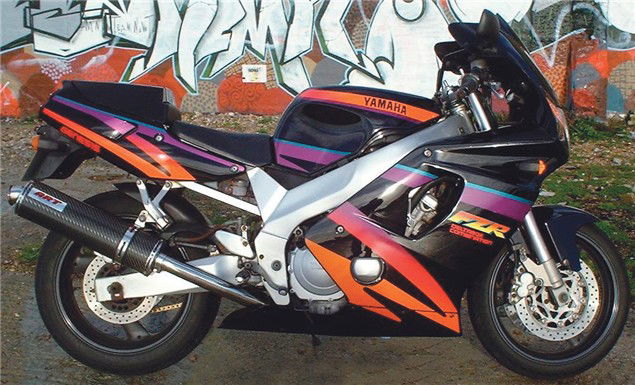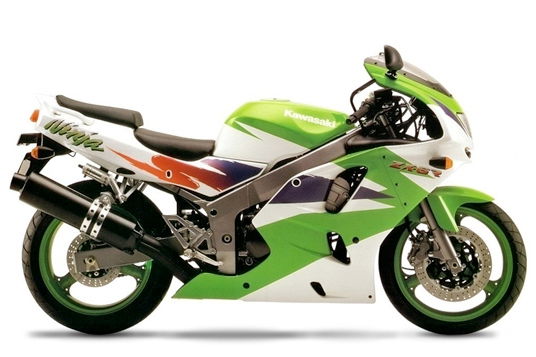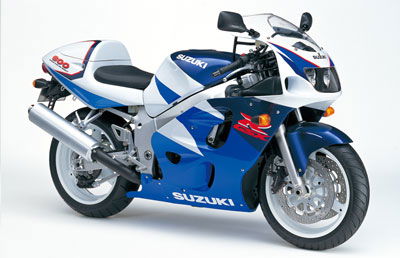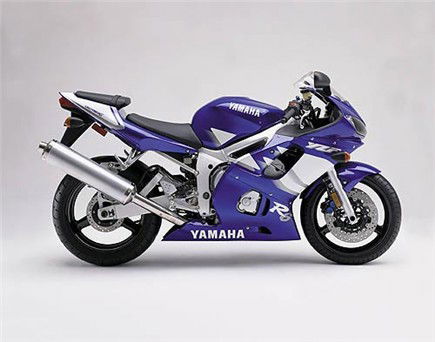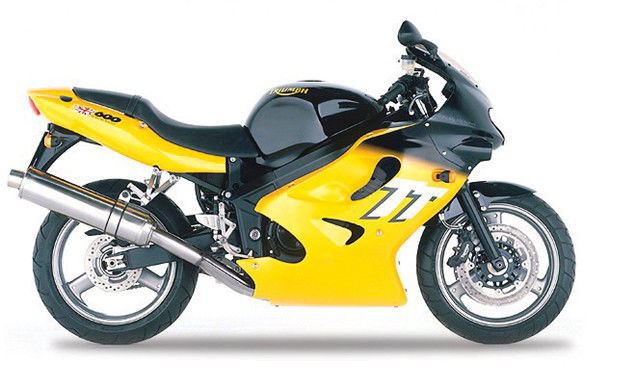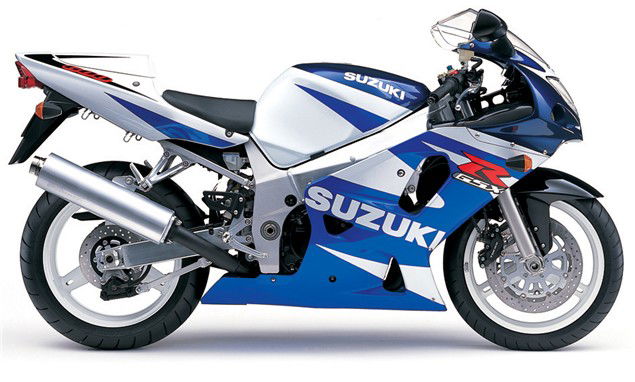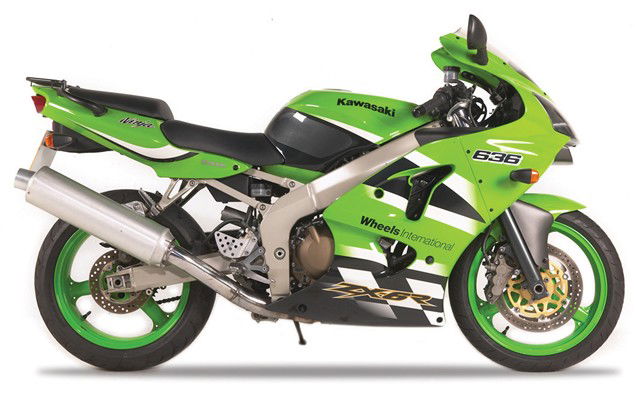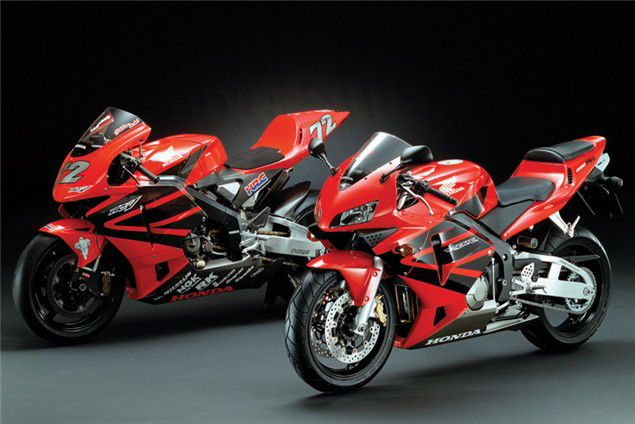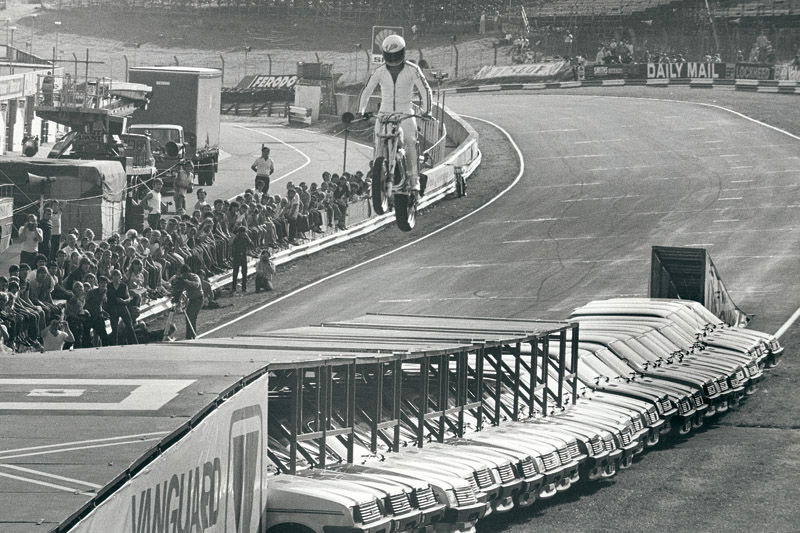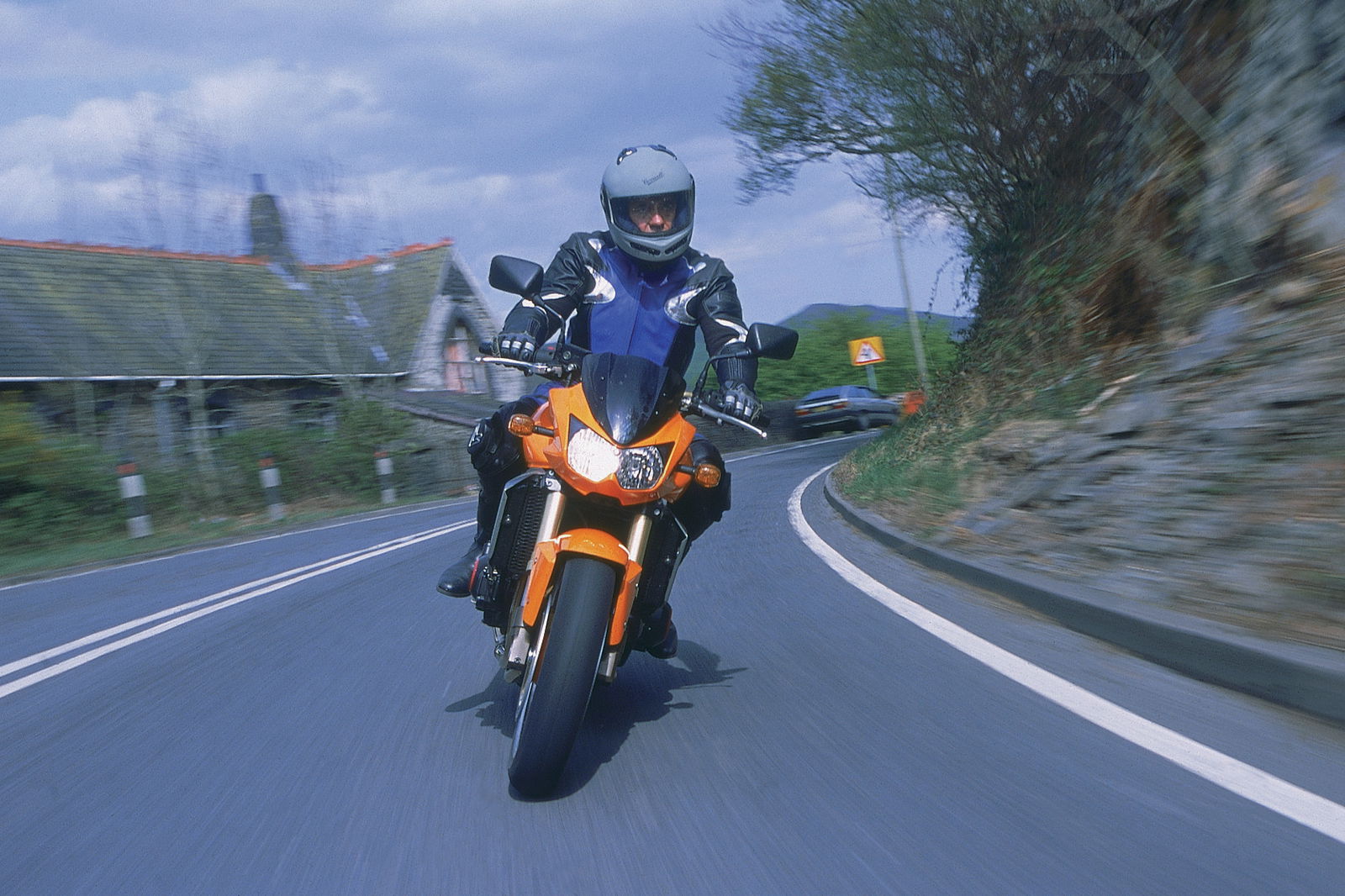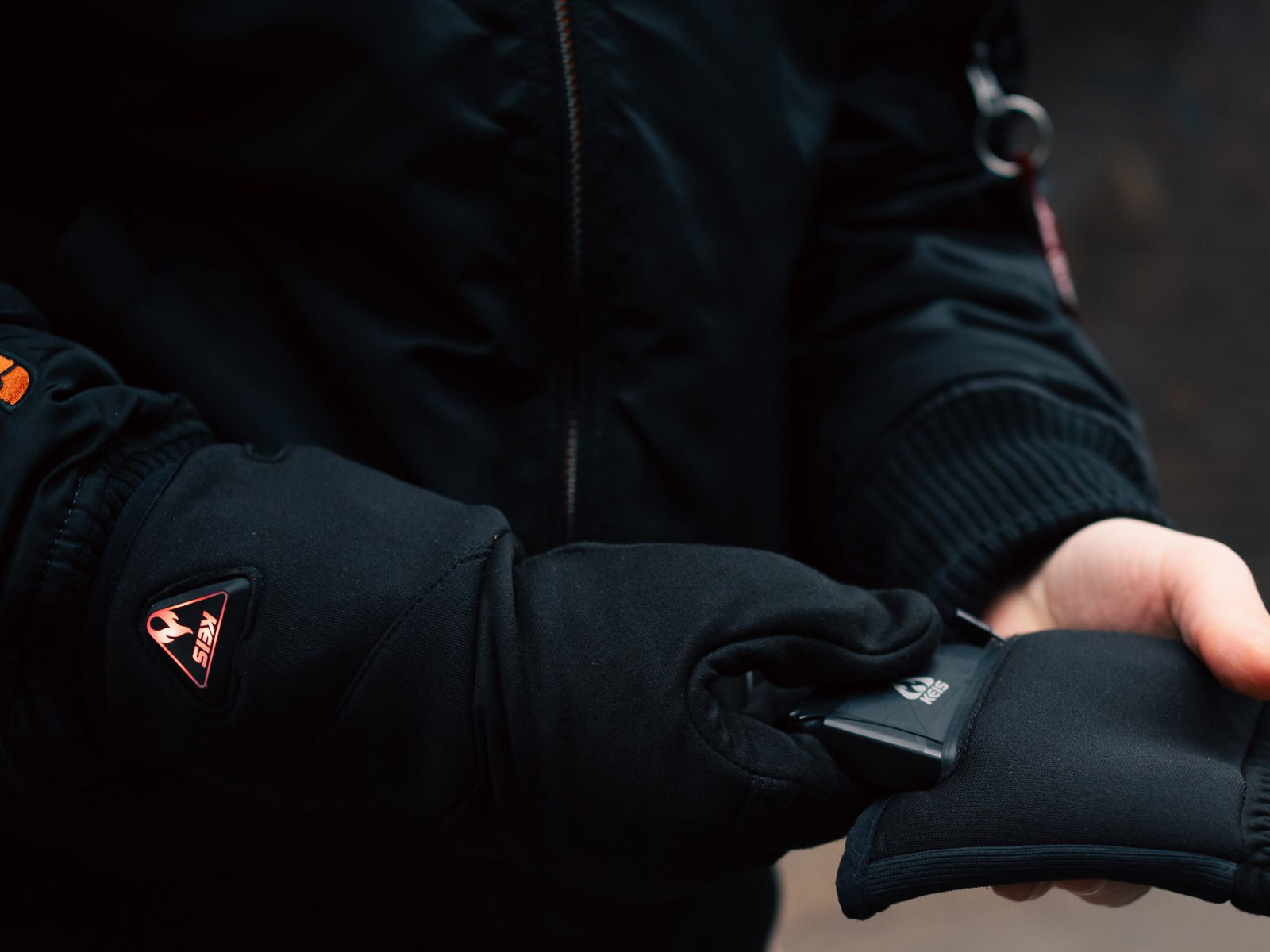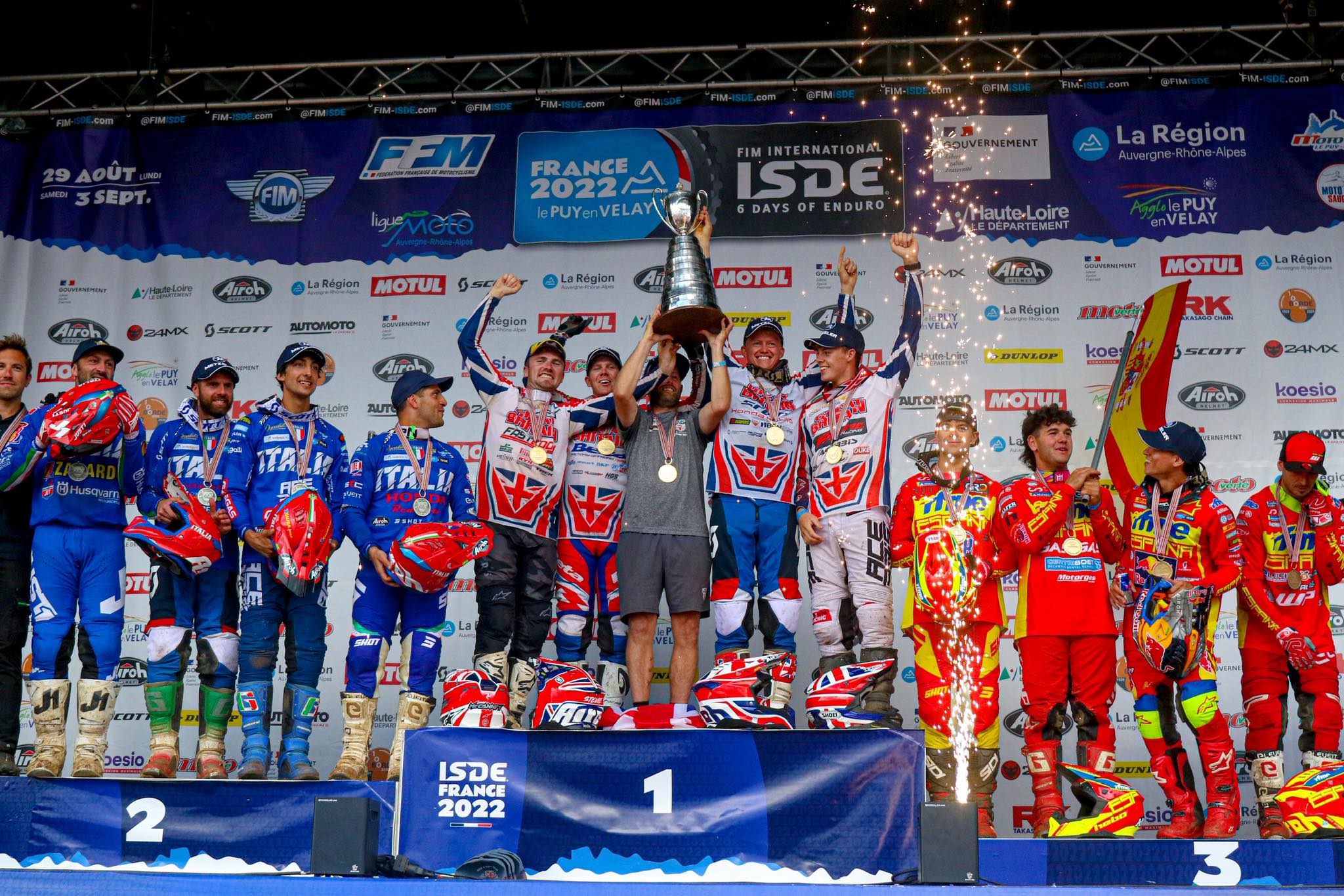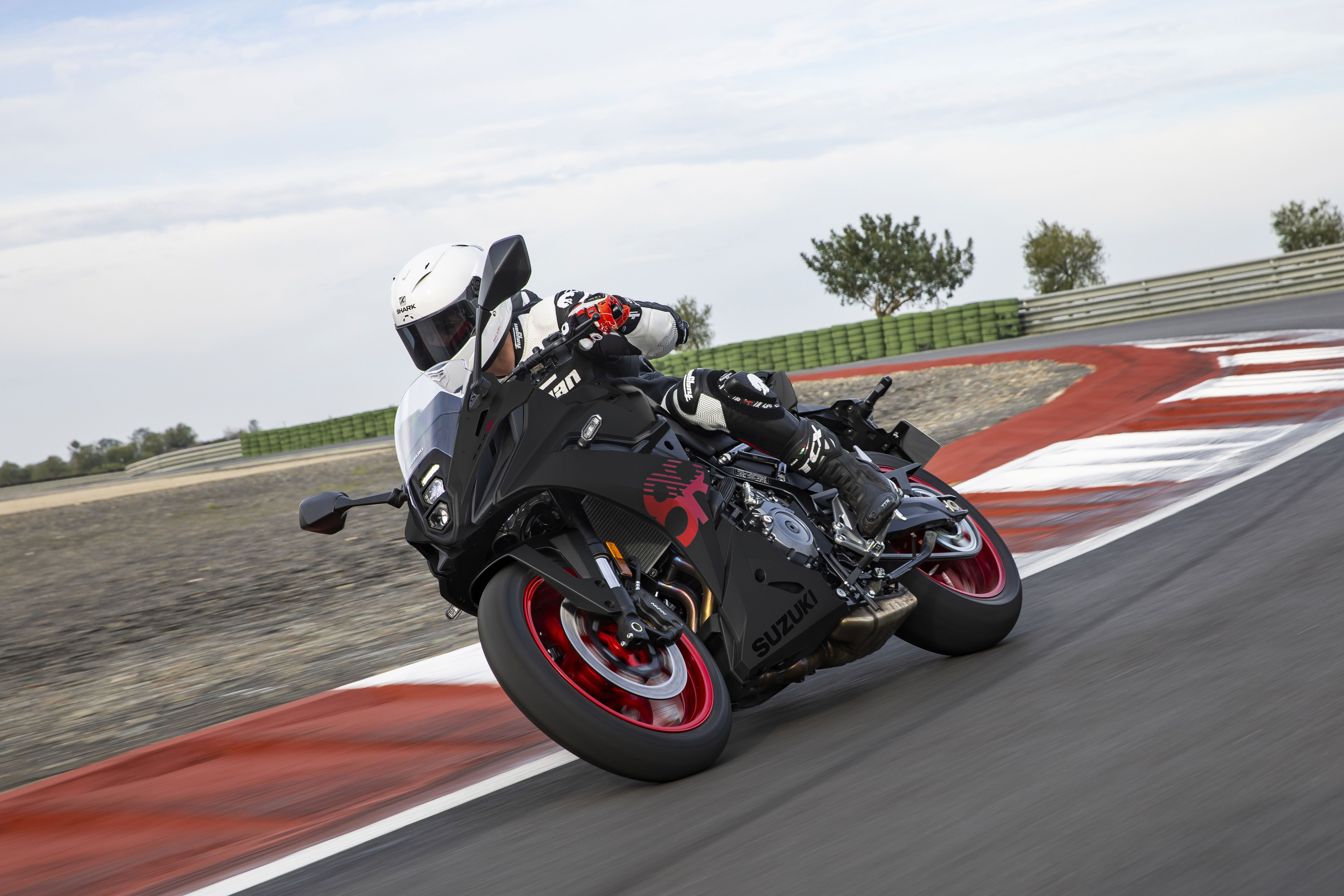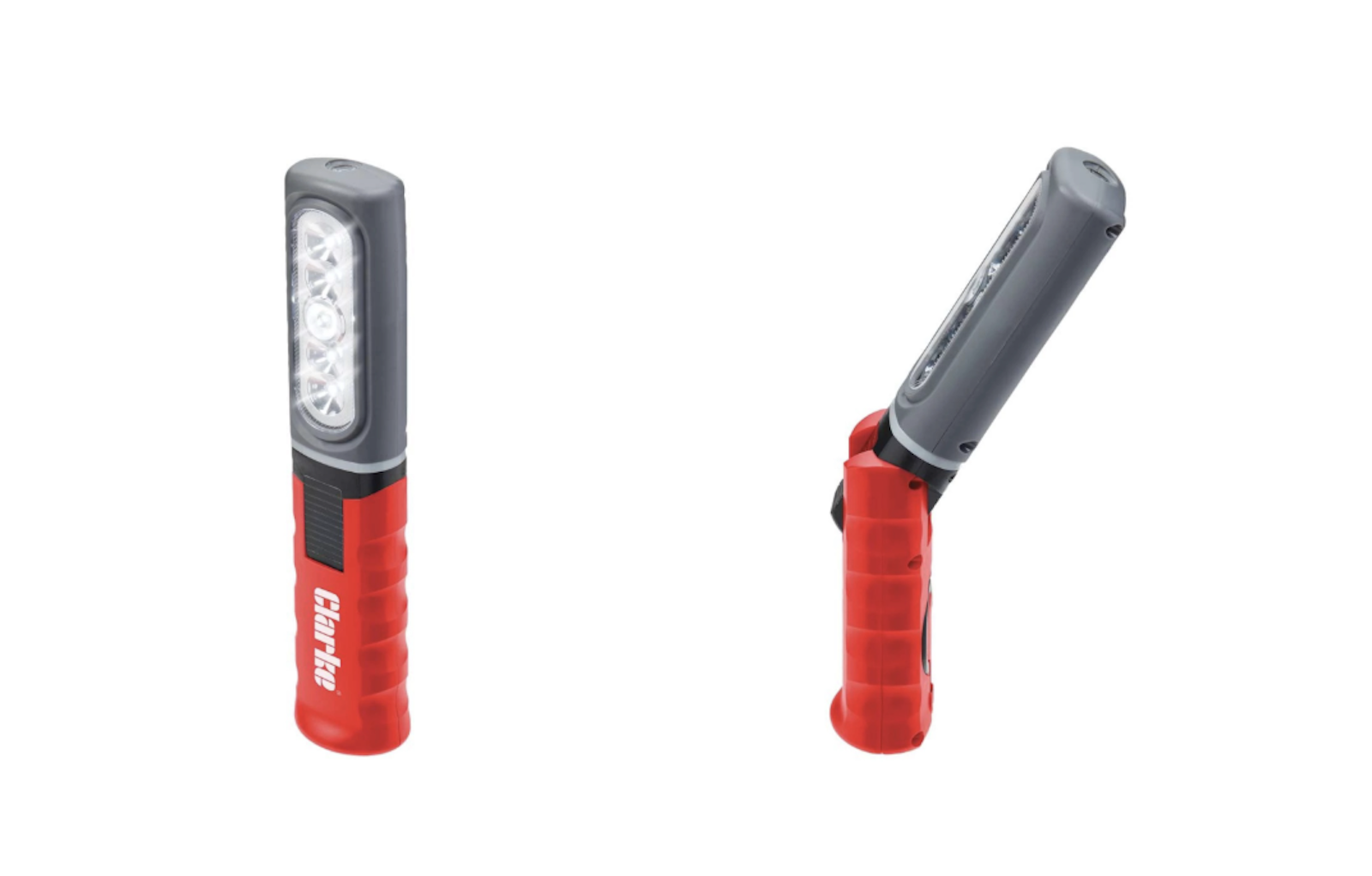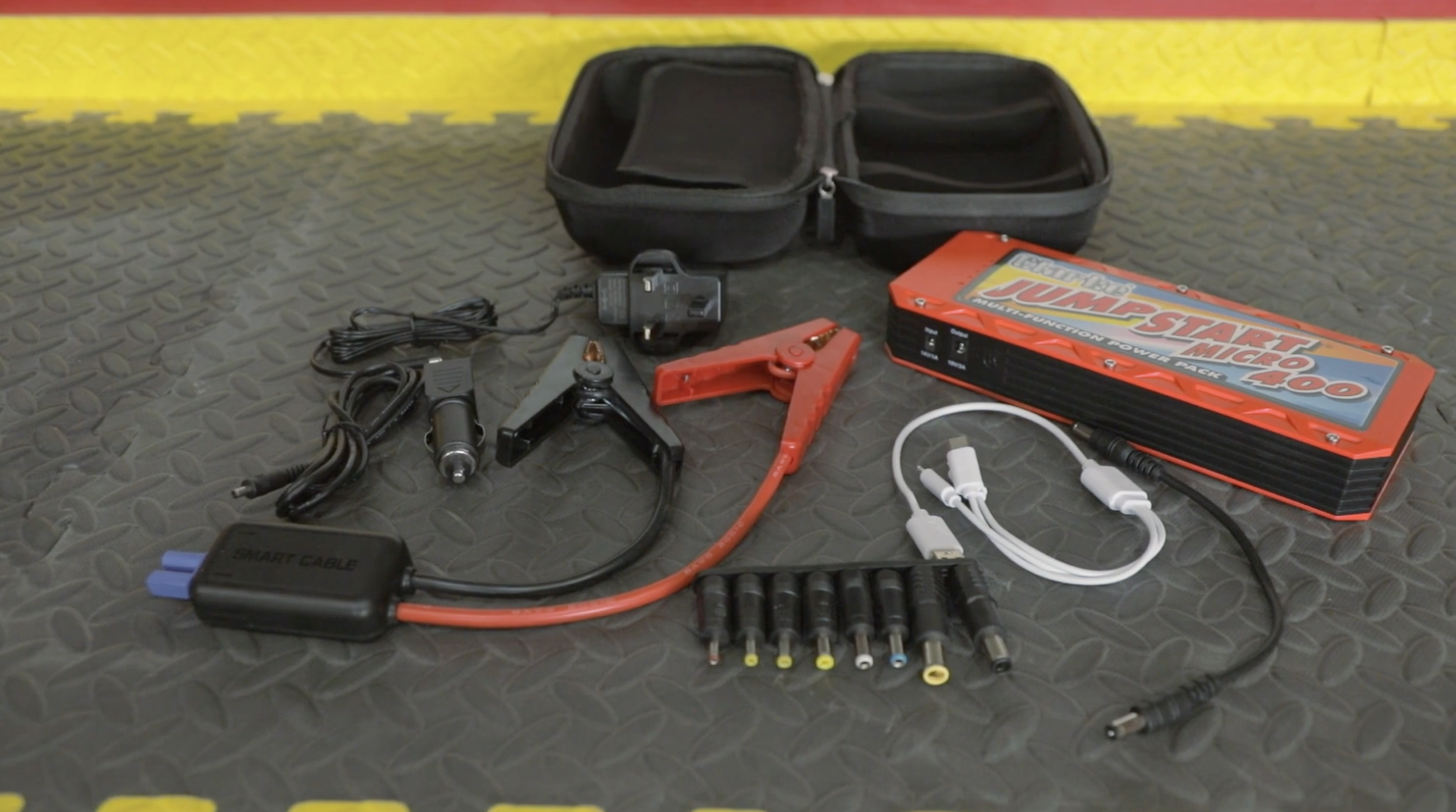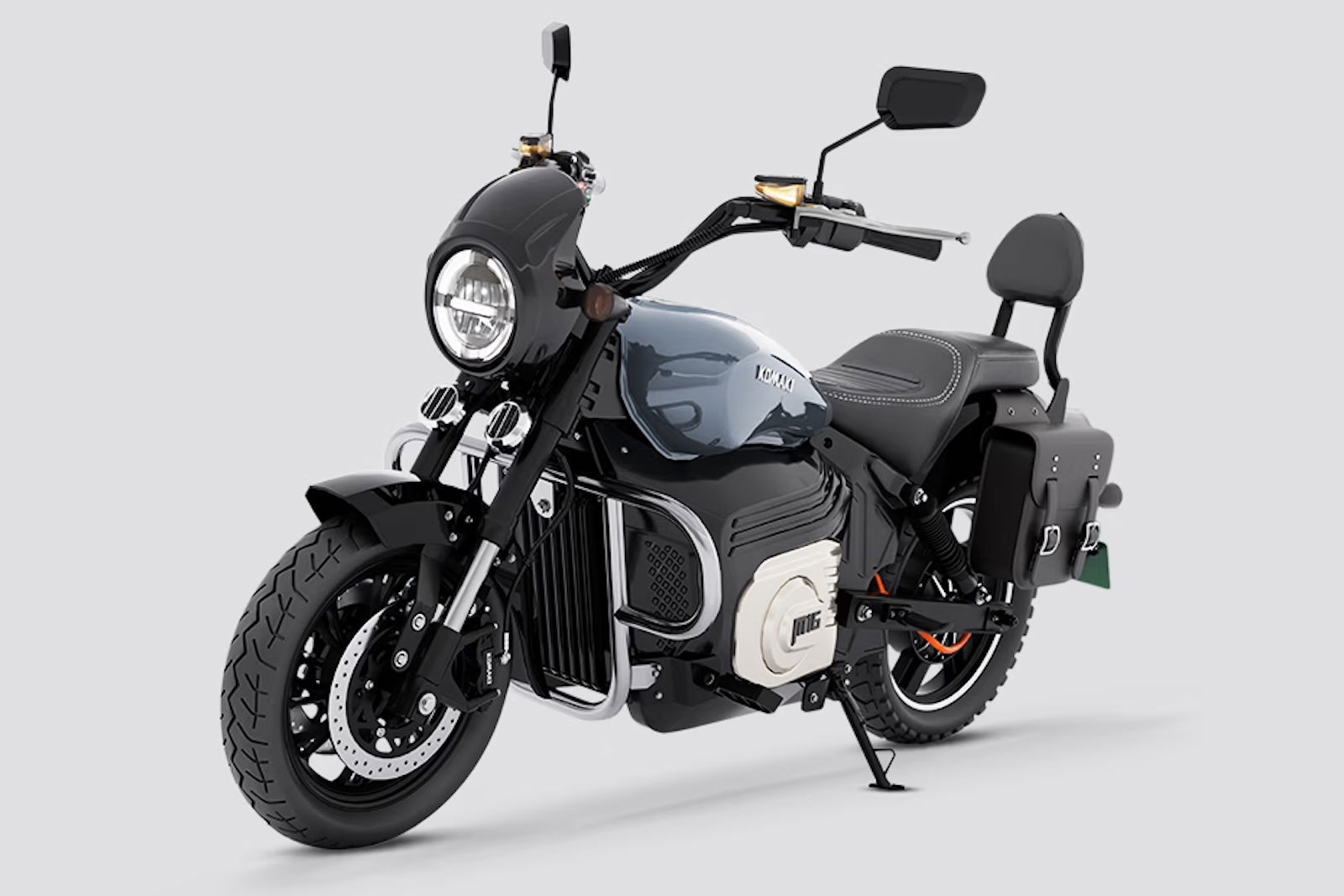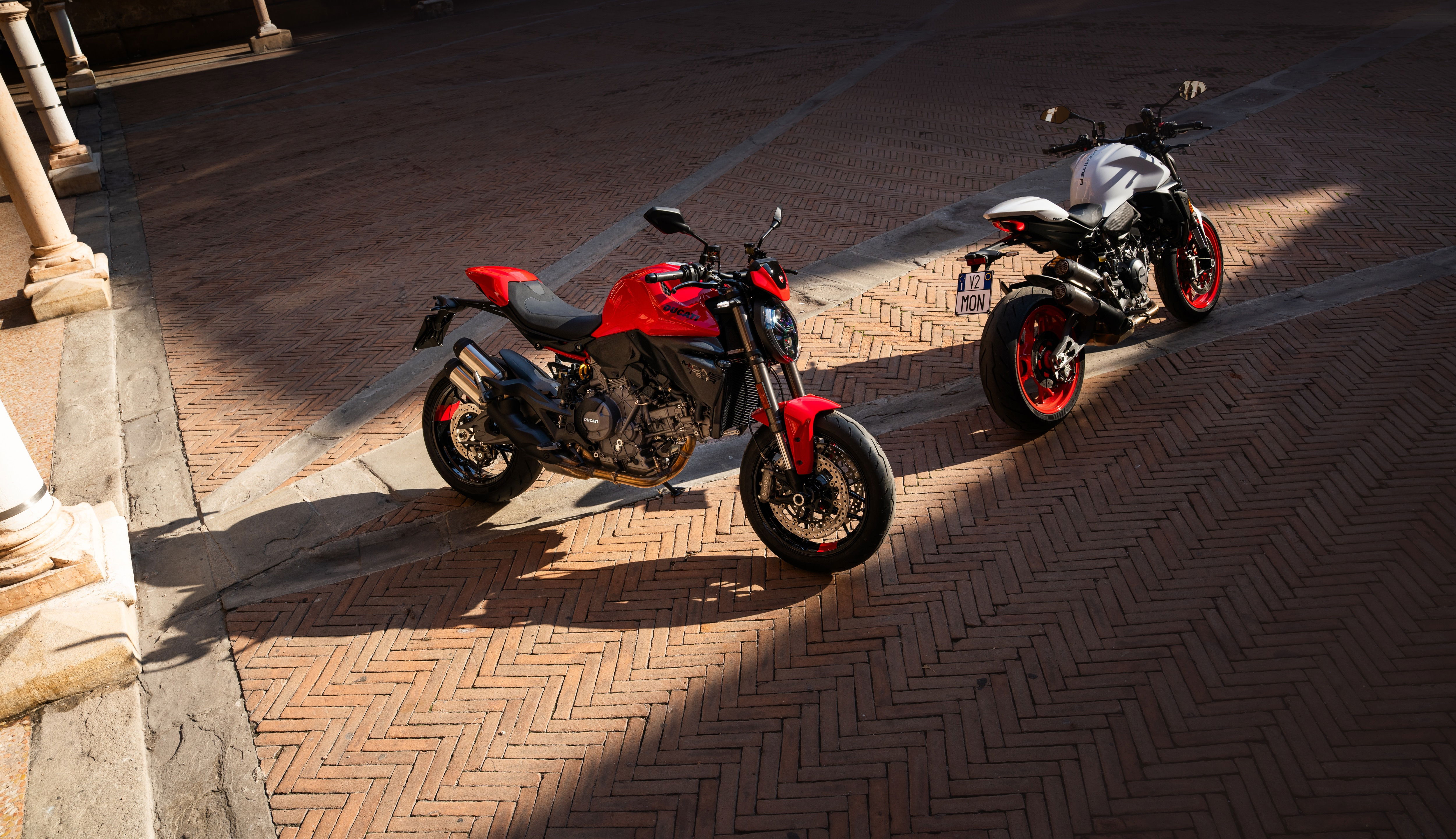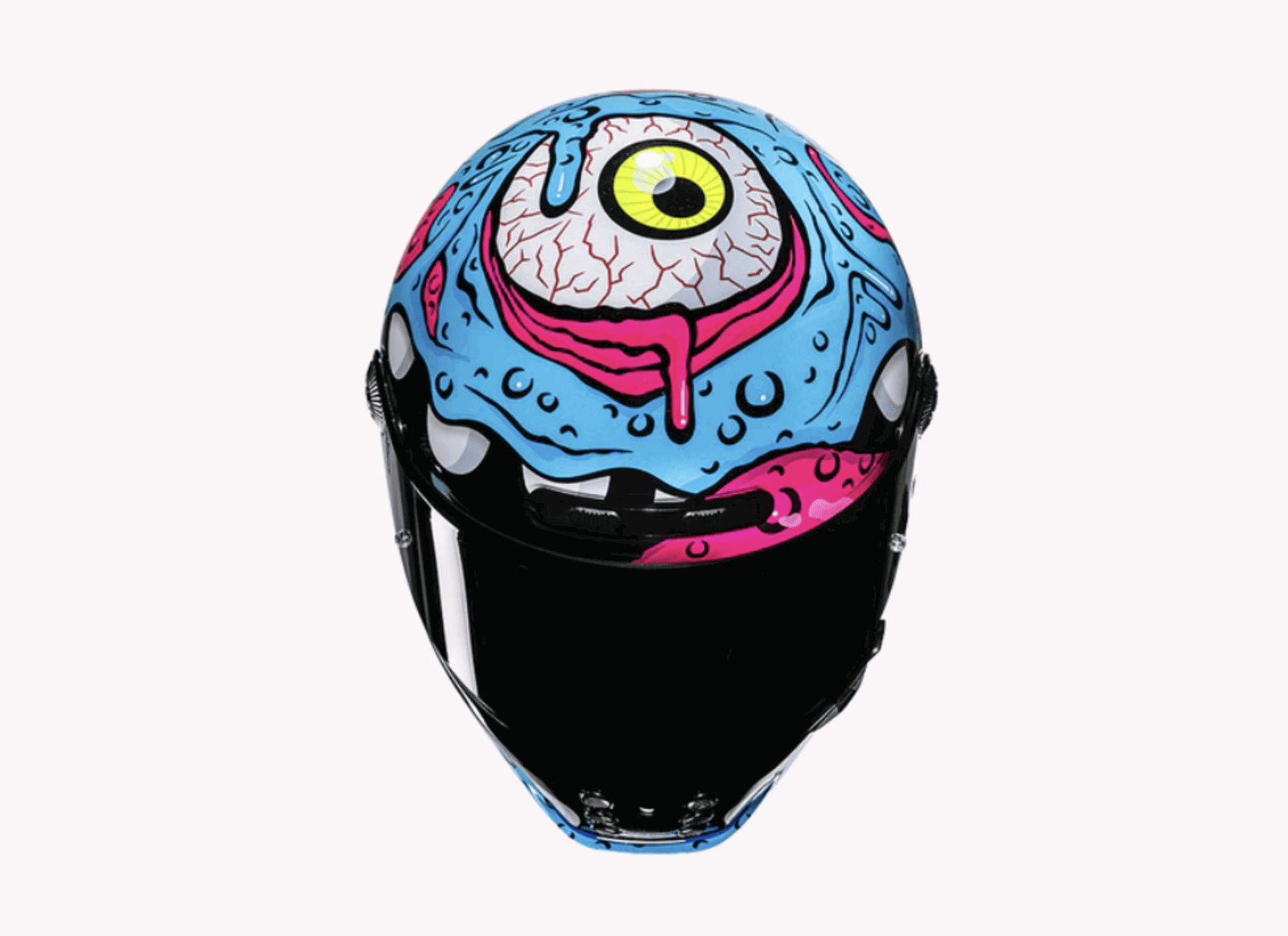600 Evolution 1985 - 2003
The Rise and Rise of the 600
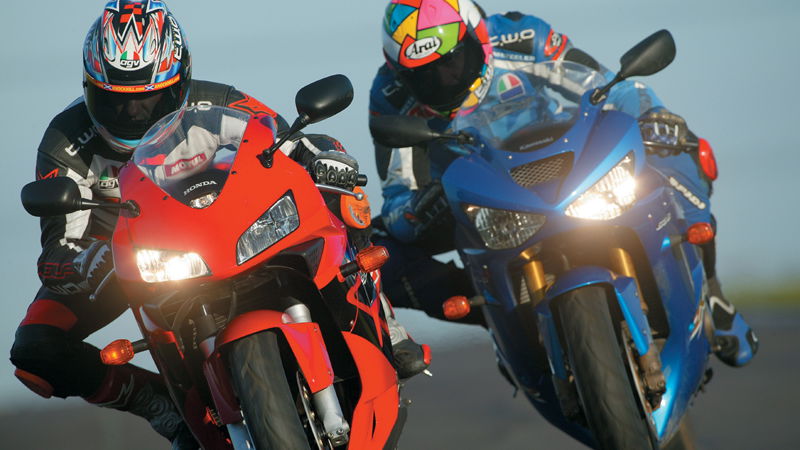
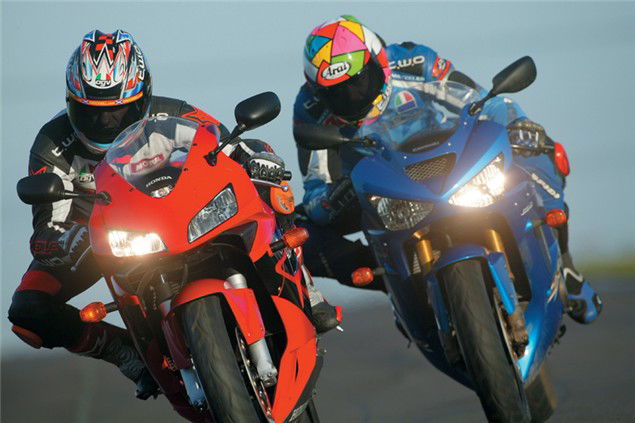
Sometimes, less really is more. Take 600cc supersports bikes for example. Your mate down the pub may rant on about the fact that his R1 or his GSX-R1000 enjoys 400ccs more than your middleweight machine but does that mean he has any more fun than you or is even any faster than you? How often does he get to pin his throttle to the stop on a twisty A road? How late can he leave his braking with a heavier bike and how quickly can he flick it through the upcoming S-bends?
The popularity of 600cc supersports bikes is now so great that it's hard to imagine a biking world without them. But they are a relatively recent phenomenon - and phenomenon is the right word.
The concept of a 600cc engine displacement is not exactly new but the idea of housing a performance 600cc four-stroke, four-cylinder engine in a lightweight chassis to create the supersport class is, and the credit for inventing the class goes to Kawasaki for launching the GPZ600R.
Unleashed at the Cologne show back in 1985, the Kawasaki started a performance middleweight craze amongst the big four Japanese manufacturers which has continued to this day. The GPZ was a 592cc dohc in-line four capable of 120mph which, in the mid-80s, was a phenomenal speed for a middleweight bike, although you may titter slightly given today's standards.
But if Kawasaki got the new generation middleweight class up and running, it was Honda who defined it with one of the greatest bikes of all time - the legendary CBR600.
The first model was launched in 1986, hot on the heels of the GPZ, and now, 17 years later, it's still going strong. The original model was designated the CBR600F and, while it wasn't massively technically innovative, it offered an irresistible package of top speed, good handling, comfort and (as owners later found out) reliability - and all at a reasonable price. The concept worked and within eight years of its launch, the 100,000th CBR rolled off the production line in Japan. To date, more than 50,000 of the bikes have been sold in Britain alone making it the most popular motorcycle in the country.
The original CBR made 85bhp and was good for a top speed nudging 140mph. Today, the latest version of Honda's big seller pumps out 107bhp and is capable of showing you 160mph - at least on the clocks. But it wasn't all about speed; the CBR did exactly what it was told to do and consequently it was just sooo easy to ride. For many, that's what makes it the great bike it is but there are some riders out there who find the CBR just a bit too tame, refined and characterless. You know who you are...
Of course, Yamaha couldn't just sit back and watch two of its biggest rivals grabbing all the glory in the increasingly popular middleweight class but the firm certainly couldn't be accused of copying Honda's all-round CBR600 when it launched the FZR600 in 1989. It was the natural step-up for Yamaha RD350 owners and it soon achieved a similar reputation as a nutter's bike. No smooth, graceful, all-rounder was this machine but rather a revvy, frantic balls-out scratcher which stuck two fingers up at the CBR's refinement and paved the way for the yet-to-be-dreamed-of R6.
In between, there was a bit of an attempt to capture some of the more gentle touring capabilities of the Honda when Yamaha released the rather lardy YZF600R Thundercat in 1996. It still produced the same 100bhp as the FZR and weighed only three kilos more but its styling made it feel more like a bulky tourer. Real supersport fans would have been wise to wait two more years if they'd known what Yamaha had out on the drawing board at the time - the R6.
Little brother to the R1, the bike that re-wrote the superbike rulebook in 1998, the R6 was a no compromise machine which took the 600cc class to new heights in terms of performance and styling. It's not that the bike was revolutionary in its concept; it just moved everything on a few notches and forced the other big three Japanese firms to do the same thing with their own middleweight contenders.
The R6 was a real race-rep thoroughbred capable of beating superbikes in the right hands. It weighed in at just 169kg (as opposed to the Thundercat's 187kg) and had a claimed 120bhp on tap which propelled it to a top speed of nearly 160mph.
Continue
��
Of course, Kawasaki hadn't just kept churning out revised versions of the GPZ600 to try and re-establish itself as the market leader in the 600 class. No sir, 1988's GPX600R moved the firm's game plan on a bit as did the ZZ-R600 in 1990. The ZZ-R actually outsold Honda's CBR600 in the UK in 1991 but it wasn't until 1995 that Kawasaki really re-entered the big boy's league with their lean, green ZX-6R Ninja.
Here at last was a true race-replica supersports machine with full race fairing kicking out a genuine 100bhp and tipping the scales at 182 kilos. Power has only gone up to 101bhp with the 2003 model but more than 20 kilos in weight have been lost making the current ZX-6R (actually a 636cc-R) a lot more nimble and the bike is now a real contender for a best-in-class award, a fitting tribute to the firm who practically invented the class in the first place 18 years ago.
Of the major Japanese players, this leaves only Suzuki to offer up a contender and the latest is obviously the famed 2001 GSX-R600, first launched in 1996. But there were two earlier offerings. Back in 1992 in the 'States you could get a GSX-R600, although it was only a sleeved-down 750 engine in a 750 chassis. For the UK in 1993 came the RF600R - a powerful enough (100bhp) machine but one which had to pull too much weight. The beast tipped the scales at 195 kilos and was never going to be a genuine supersports contender, more a comfy, relaxed all-rounder for dad to enjoy.
Not so the GSX-R600. With the GSX-R750 having gained itself a reputation as a hooligan's bike since its launch in 1985, little brother was never going to be any better behaved, and so it proved. With 106bhp available and only 174 kilos to be shifted, the power to weight ratio was awesome and the Gixxer was the natural choice for boy racers while the other half could be contented with Yamaha's docile Thundercat which was launched in the same year.
The Japanese do not have a complete monopoly on 600cc Super Sports machines however - there is a certain British firm giving them a damn good run for their money. Triumph's much anticipated TT600 was heavily criticised initially for having zero power below 4000 revs and few were taken with its rather dated bulbous styling when it first appeared (late) in 2000. Handling was always the Trumpet's strong point and with the power delivery problem having been sorted out in subsequent models, British bike fans now have a realistic foil to a Japanese 600.
But there are alternatives to the sports-focused race-rep 600s and for bikers on a budget, they still offer decent performance for reasonable sums of cash.
This time it was Suzuki who set the trend when they launched the GSF600 Bandit in 1995. At just £3999, it was a bargain but the naked bike still offered heaps of fun rather than just providing a cheap and basic way to get to work. True, it was later out-performed by other naked and semi-naked budget bikes once the other big manufacturers realised the near bottomless potential for this huge market, but it was the original fun budget bike and deserves a nod of appreciation from the masses for starting the trend.
Chief amongst the rivals which later appeared were Yamaha's £4699 Fazer, born in 1998 and Honda's buzzy little £4995 CB600 Hornet, unveiled the same year. Both bikes offer fun and easy riding without too much power so it's no surprise they sell like they do.
For style junkies with more cash to spend, Ducati's 600 Monster has been available in countless guises since '93. Its budget version, the Monster Dark, tried to grab a slice of the cheap and cheerful market at £4700 though it's easily out-performed by the Fazer and Hornet. But if style's your thing...
One of the most appealing factors about 600s are the secondhand prices. There are so many about you can pick one up to suit your needs for a couple of grand. They're often cheaper to insure than superbikes and most riders will probably find they can ride a 600 faster than a superbike anyway, thanks to their more useable power.
Some people will never be content without the fastest bike going. But for the rest of us, let's be thankful to Kawasaki for identifying a gap in the market in 1985 and for initiating the development and competition that's led to so many great bikes. Life just wouldn't be the same without them.
Track tried and tested
With the advent of a new class of motorcycle, came a new class of racing - supersport 600s. Bikes like the ZX-6, CBR and GSX-R were powerful enough to put on a good show, light enough to throw around, and a lot cheaper to race than superbikes. The 90s saw some terrific SS600 racing and they even had their own series (Thunderbikes) running alongside GPs for a while. Now the Supersport 600 championship which runs alongside WSB is one of the most exciting series in the world.
The class has also thrown up so many talented riders. WSS champion Andrew Pitt now rides for Kawasaki in MotoGP, WSB contender Ruben Xaus made his name in WSS and the late Barry Sheene's tip for the top, Chris Vermeulen, is currently leading the same championship. It's a fantastic breeding ground which always provides super-close racing.
Throughout the 90s British race fans were treated to some fantastic battles in the 600cc Supercup series by the likes of Jim Moodie, Ian MacPherson and Ian Simpson. Simmo won the British Supersport championship in '91 and '94 on FZR Yamahas and still loves the class. "It's much cheaper than superbikes and there's less to adjust so you can just jump on and thrash. It's a good way for a privateer to get noticed too wihout blowing loads of cash."
Simmo also reckons 600s are fast enough at the TT and he should know as he won the Junior 600 TT in 1997. "They're a lot more stable round the TT than a superbike and the same goes on normal roads."
Few people know more about 600s than Jack Valentine who's running Jim Moodie and Craig Jones on factory Triumph TT600s in this year's British Supersport Championship. Valentine's former V&M team won seven 600cc TTs and six British Supersport championships and loves the series and the bikes: "The 600 class in Britain is more competitive now than at any time in the 12 years I've been involved. Any rider at the front could cut it in world series'.
Valentine, like his former rider Ian Simpson, also agrees 600s make ideal road bikes. "I don't know of any road riders who can ride a GSX-R1000 to its limits on the road but you can thrash a 600. It's all you need."
The importance of supersport racing for the manufacturers and tyre companies cannot be over-estimated either. Strict rules mean the bikes are fairly standard so we can actually buy the bikes being raced. And as they mostly run on road tyres, you can buy the same rubber too. It's the ultimate shop window and all have had their share of success.
The good news is everything learned racing 600s filters down to the next model - now waiting in your local dealers. What are you waiting for?
��
